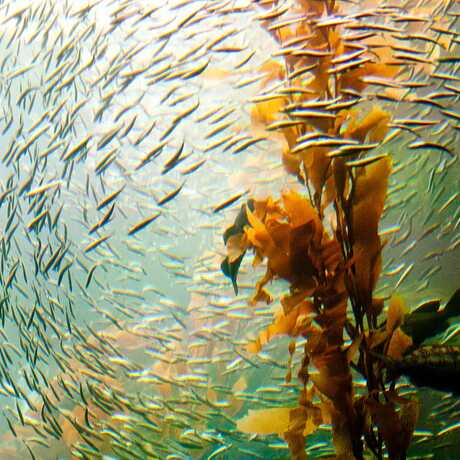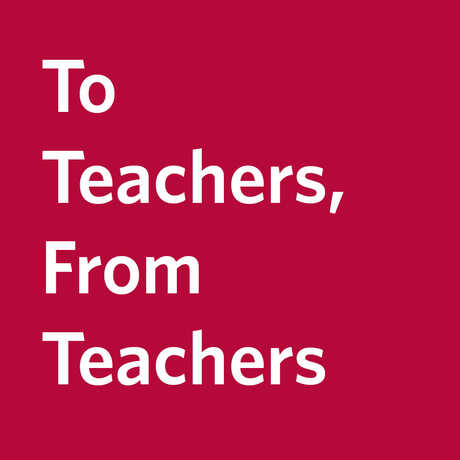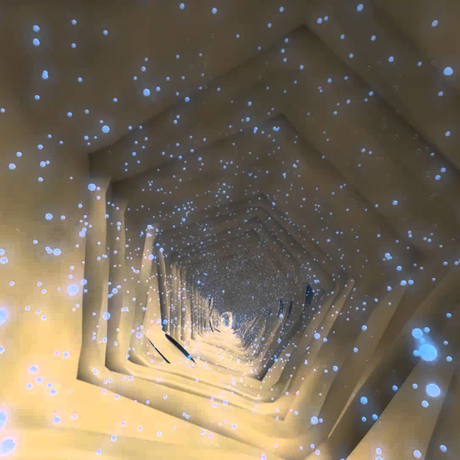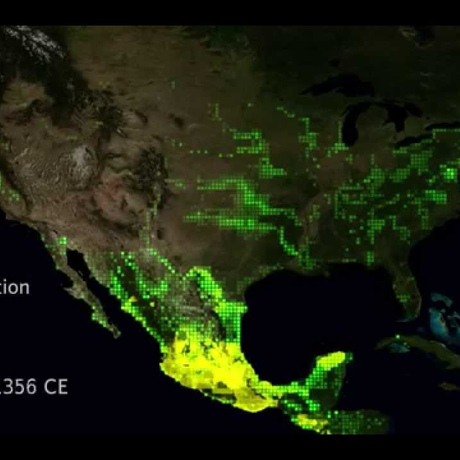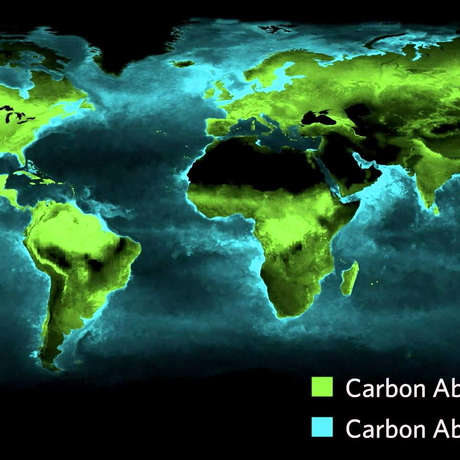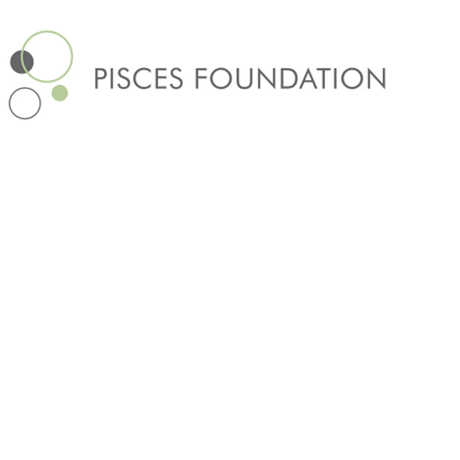Food Webs in Habitat Earth
It took a digital artist at the Academy a full year to create the gorgeous underwater shots of the kelp forest. This news articles describes how he did it!
Animating Life
How do you bring computer-generated creatures such as sea otters and birds to life? In this video, an animator and graphics designer for Habitat Earth takes us through the process of creating scientifically accurate animals.
Creating Kelp
The kelp forest scene in Habitat Earth only lasts for a few minutes, but it took an artist at the Academy a full year to create those gorgeous underwater shots. How did he do it?
Diving into Kelp Forests, 1906 San Francisco, and Asteroids
What does a production coordinator do? And why might it involve painstakingly drying and scanning pieces of recently plucked kelp?
Kelp Forest Cam
Monterey Bay Aquarium has a live camera feed from their kelp forest exhibit!
As Sea Stars Die, New Worries About Urchins
This National Geographic article tells the recent story of how a disease affecting sea stars starts a domino effect on organisms throughout the ecosystem.
Ecosystems: Kelp Forests
A nice, general description about this ecosystem from the National Marine Sanctuaries.
Academy Citizen Science Projects
See the types of organisms that Academy volunteers are finding off the California Coast, and track the spread of the sea star wasting disease.
Floating Forests
Your students can get involved in a citizen science project documenting how kelp forests grow and change over time, by merely categorizing photographs!
Sea Otter Numbers
This brief article tells how sea otter populations rebounded after almost going extinct over 150 years ago.
